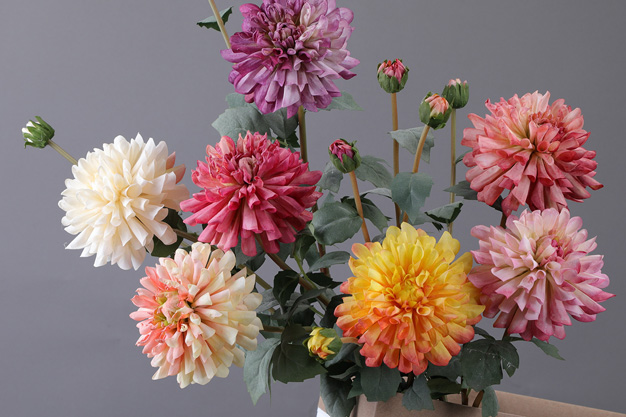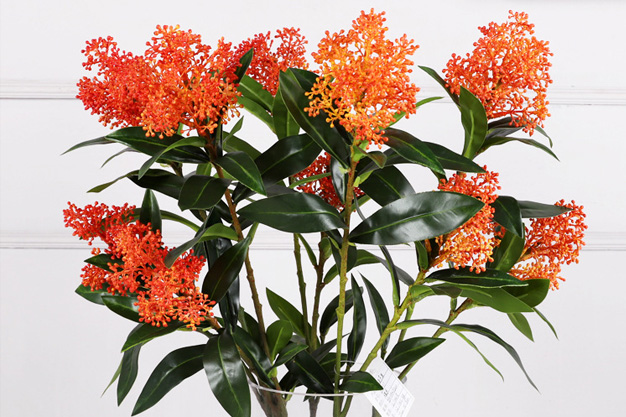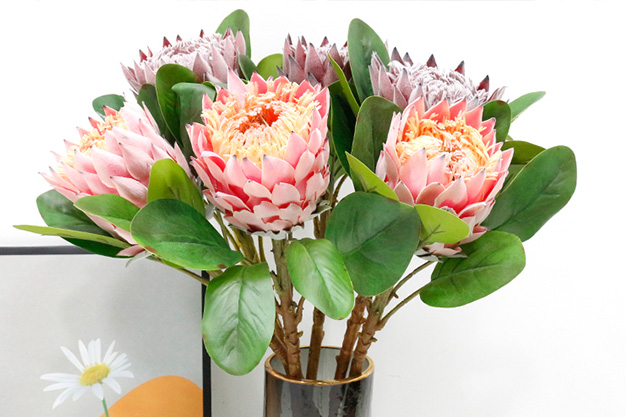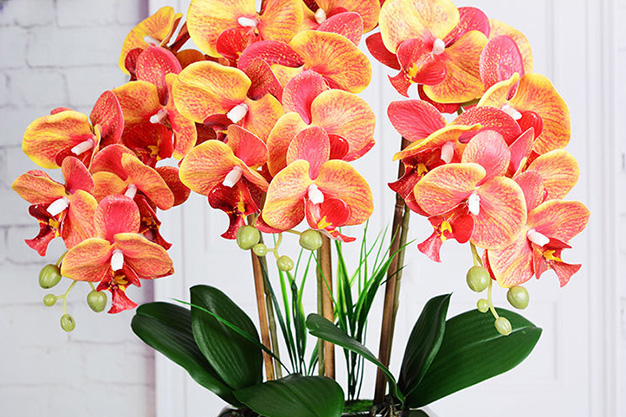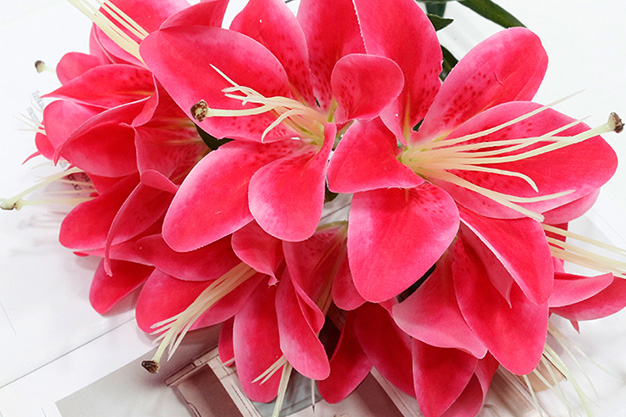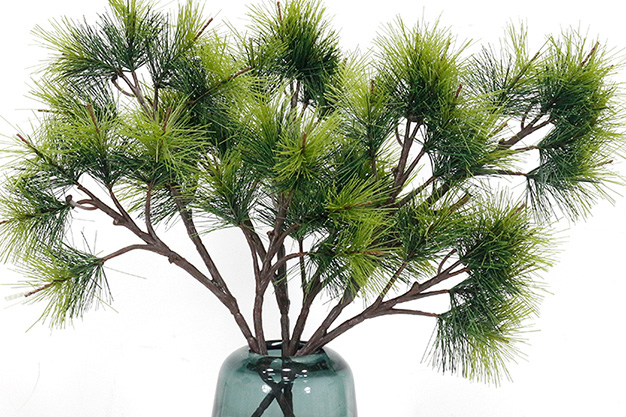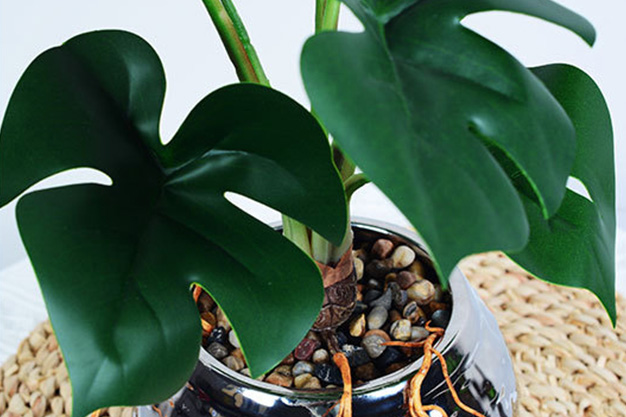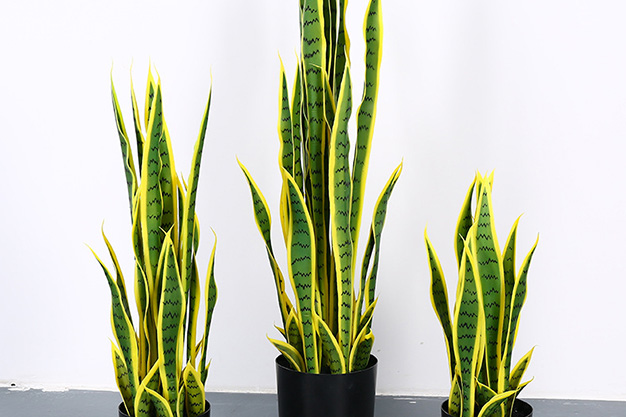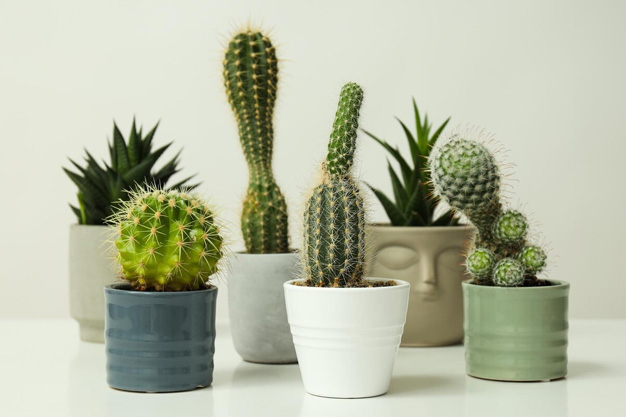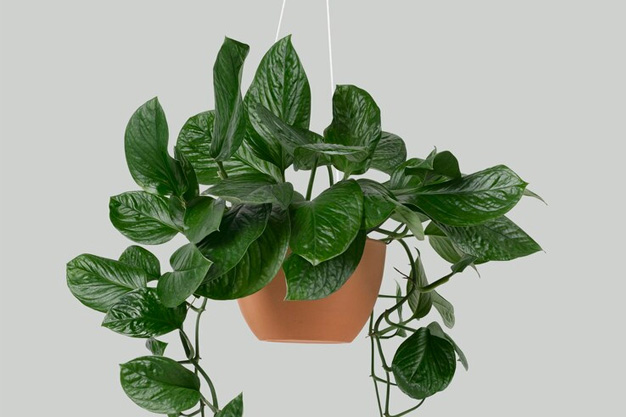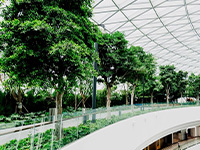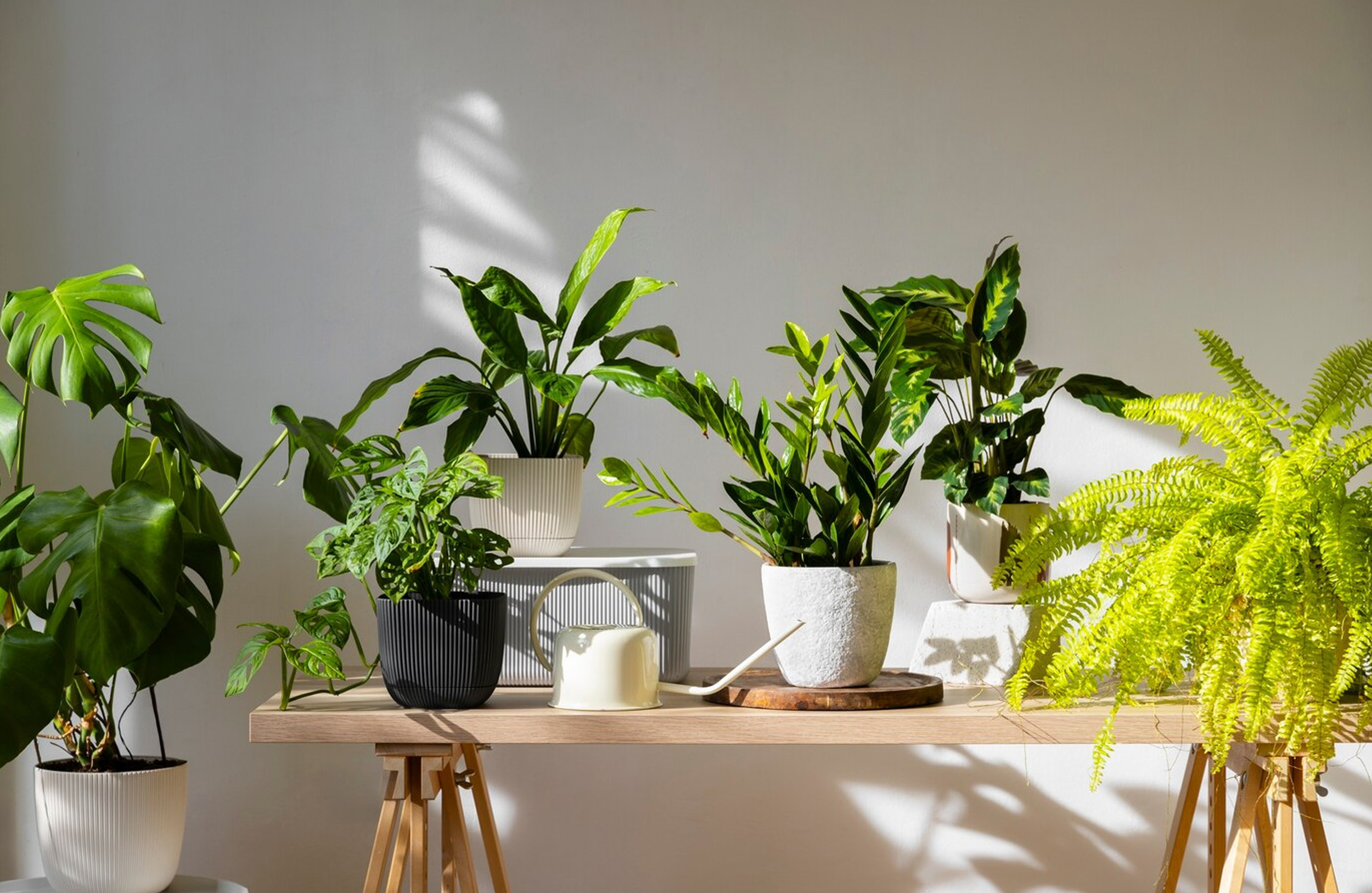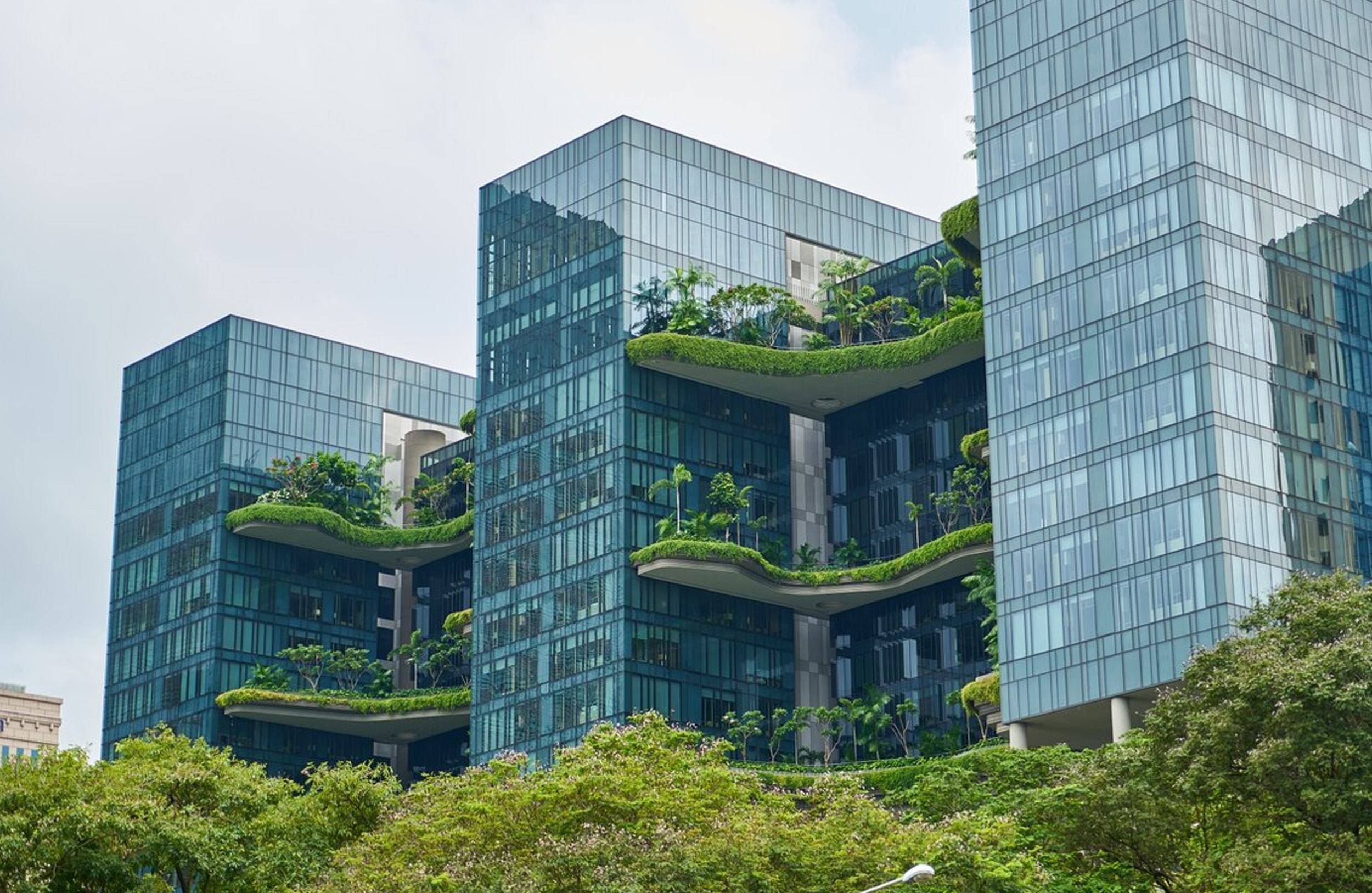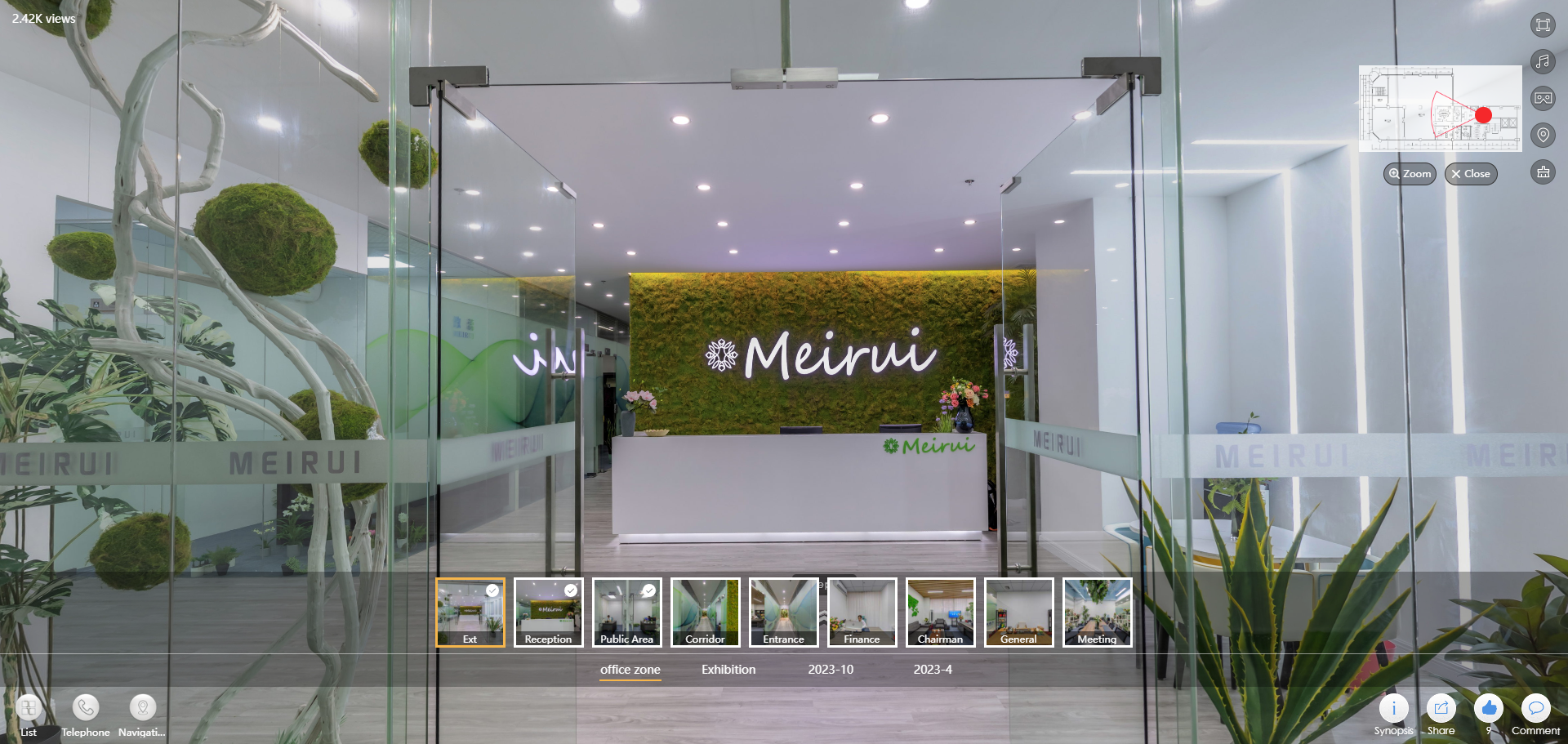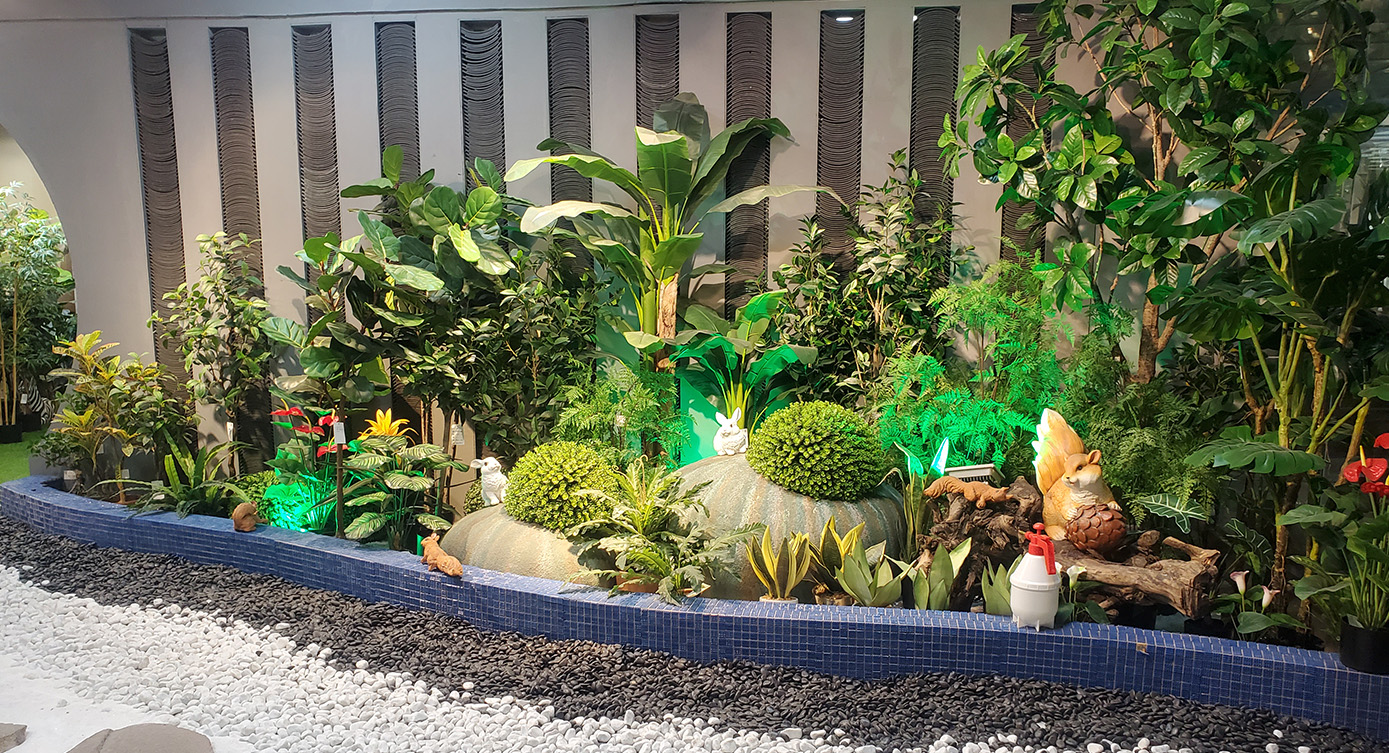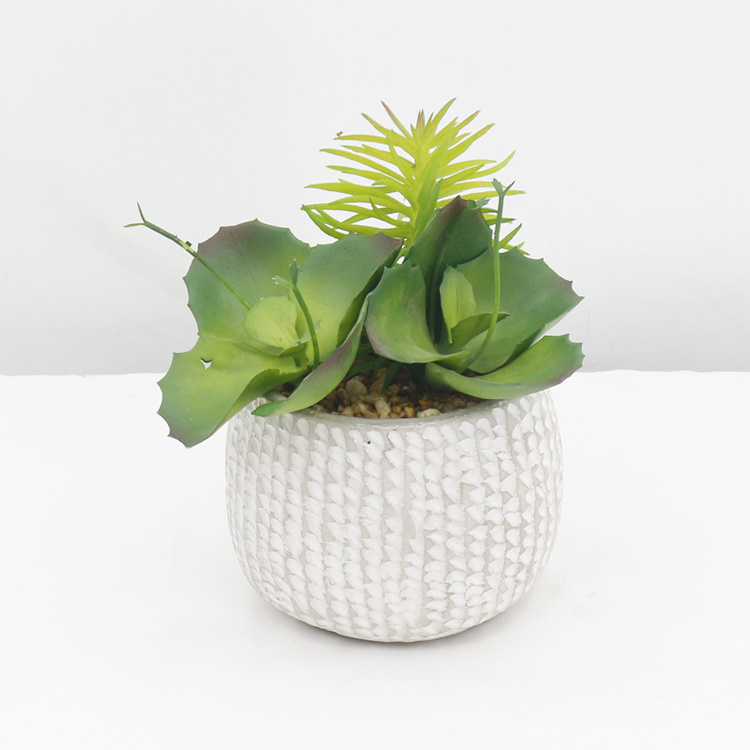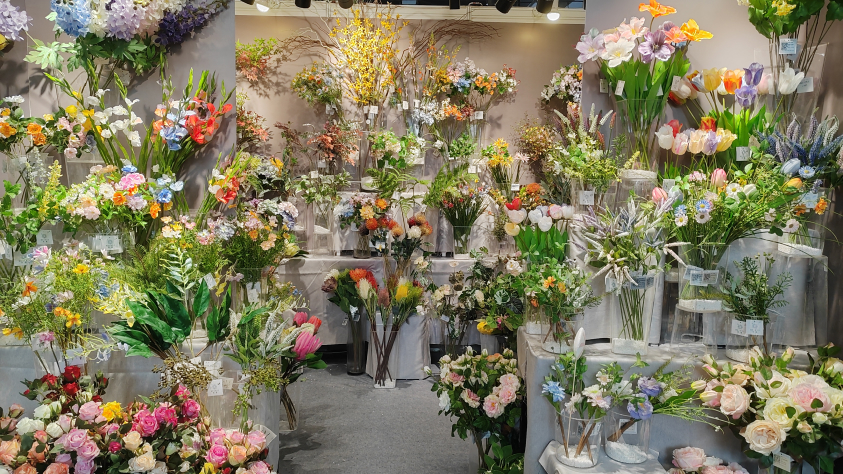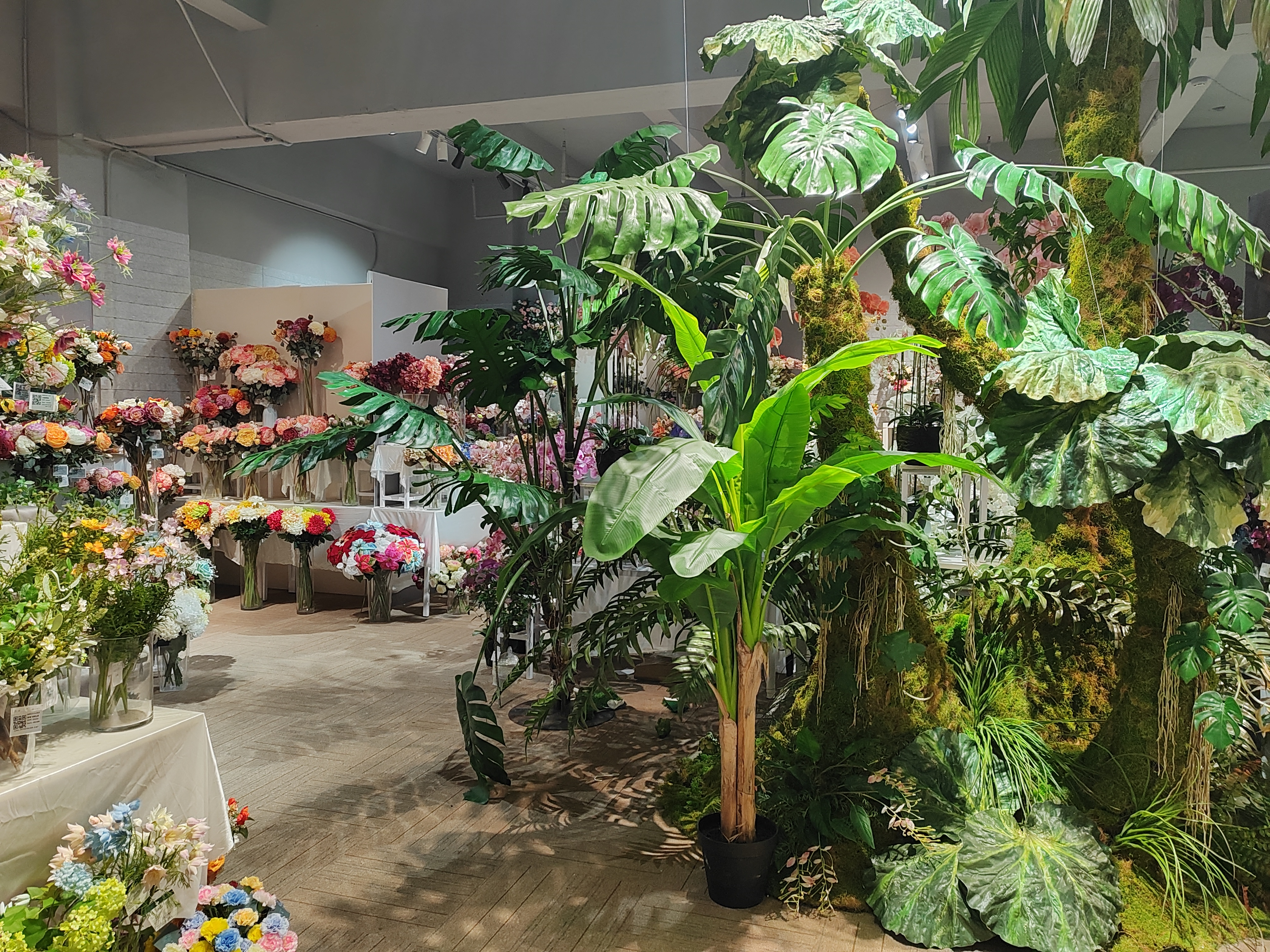

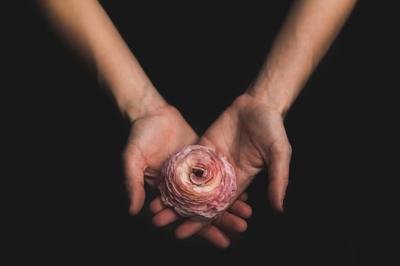
Rehabilitation centers play a vital role in helping individuals recover from various physical injuries, illnesses, or surgeries. Creating a conducive environment for healing and recovery is essential in these facilities. One innovative and sustainable way to enhance the ambiance of rehabilitation centers is by incorporating artificial flowers into their decor. In this blog post, we will explore the numerous benefits of using artificial flowers in rehabilitation centers, highlighting their sustainability, innovative applications, and environmentally friendly nature.
Importance of a Healing Environment in Rehabilitation Centers
Rehabilitation centers are places of hope and healing, where individuals undergo intensive therapy and treatment to regain their physical strength and mobility. The environment plays a crucial role in the recovery process, as it can significantly impact patients' mood, motivation, and overall well-being. Creating a calming and visually appealing space is essential for promoting relaxation, reducing stress, and enhancing the effectiveness of rehabilitation programs.
Sustainable Solution: Artificial Flowers
In recent years, there has been a growing emphasis on sustainability and eco-friendly practices across various industries, including healthcare. Artificial flowers offer a sustainable alternative to fresh flowers, which require constant maintenance, water, and disposal. By incorporating artificial flowers into rehabilitation center decor, facilities can reduce their environmental footprint while still providing a welcoming and aesthetically pleasing environment for patients, staff, and visitors.
Innovative Applications of Artificial Flowers
Artificial flowers offer endless possibilities for creative expression and innovative design in rehabilitation centers. Designers and therapists can utilize artificial flowers in various ways to enhance the ambiance and functionality of the space. For example, artificial flower arrangements can be used to brighten up common areas such as waiting rooms, therapy rooms, and dining areas, creating a warm and inviting atmosphere for patients and their families.
Environmentally Friendly Practices
In addition to their sustainability, artificial flowers promote environmentally friendly practices in rehabilitation centers. Unlike fresh flowers, which wilt and require frequent replacements, artificial flowers are durable and long-lasting, requiring minimal upkeep and maintenance. This not only saves time and resources but also reduces waste generation, contributing to a greener and more sustainable healthcare environment.
Benefits for Patients
The presence of artificial flowers in rehabilitation centers can have numerous benefits for patients undergoing treatment and therapy. Studies have shown that exposure to natural elements, such as flowers and plants, can promote healing, reduce anxiety, and improve overall well-being. Artificial flowers provide all the benefits of real flowers without the risk of allergens or pollen, making them suitable for patients with respiratory conditions or allergies.
Cost-Effectiveness
In addition to their sustainability and innovative applications, artificial flowers offer cost-effectiveness for rehabilitation centers. While the initial investment may be higher than that of fresh flowers, artificial flowers require minimal maintenance and replacement costs in the long run. Rehabilitation centers can allocate their budget more efficiently by investing in artificial flowers that retain their beauty and freshness throughout the year, regardless of seasonal availability or price fluctuations.
Conclusion
In conclusion, artificial flowers offer numerous benefits for rehabilitation centers, including sustainability, innovative design, and cost-effectiveness. By incorporating artificial flowers into their decor, rehabilitation centers can create a healing environment that promotes relaxation, reduces stress, and enhances the overall well-being of patients and staff. Additionally, artificial flowers support environmentally friendly practices by reducing waste generation and resource consumption. Overall, artificial flowers are a practical and sustainable solution for enhancing the ambiance of rehabilitation centers and facilitating the healing process for patients.
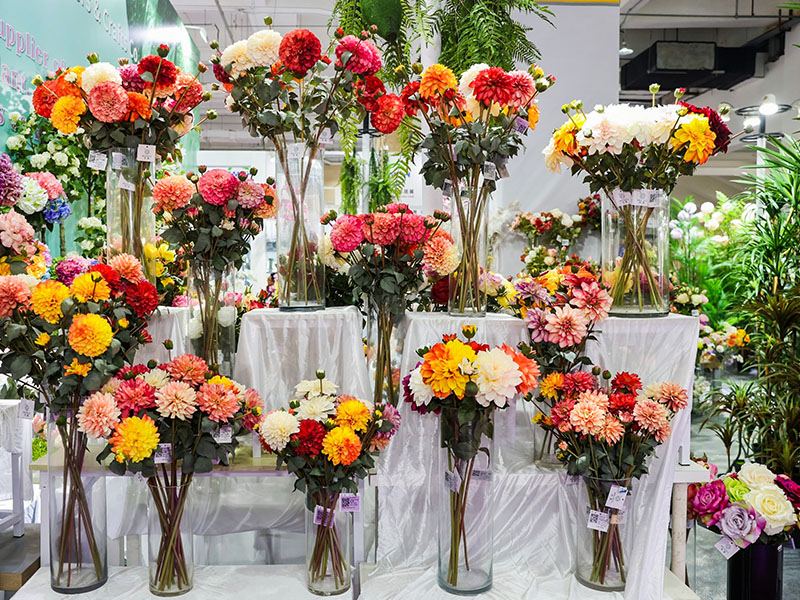
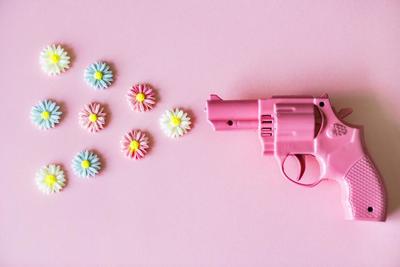

important to us





